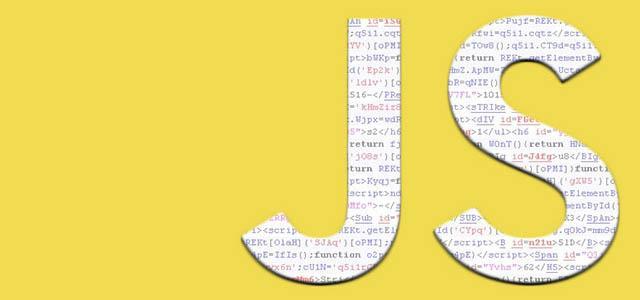对于web前端开发工程师来说,JavaScript一直都是重难点,甚至是加薪的必备。下面,小千就给大家分享JavaScript 中 call、apply、bind 用法和区别。
JavaScript 中有三个方法Function.prototype.call()、Function.prototype.apply()和Function.prototype.bind()可以用来指定函数 this 值。call() 和 apply() 类似,都是调用函数,并指定函数的 this 值thisArg和参数,区别在于call()传入参数是通过参数列表的形式arg1, arg2, ...,apply()传入参数是通过数组的形式[arg1, arg2, ...]:
function.call(thisArg, arg1, arg2, ...)function.apply(thisArg, [arg1, arg2, ...])bind()方法与前两个不同,它创建一个新的函数,在调用新函数时,会调用原函数,并指定原函数的 this 值和参数。bind() 执行的时候并没有调用函数。bind()传入参数的方式和call()一样,都是用参数列表:
fucntion.bind(thisArg, arg1, arg2, ...)用法

call()
使用call()调用父类构造函数来实现继承,也可以用apply(),只不过传参方式略有区别:
// 使用 call 实现继承var Pet = function (name, age) { this.name = name this.age = age}var Cat = function (name, age, color) { Pet.call(this, name, age) this.color = color}var cat = new Cat('Garfield', 1, 'orange')console.log(cat.name) // Garfieldconsole.log(cat.age) // 1console.log(cat.color) // orange// 使用 apply 实现继承:var Dog = function (name, age, size) { Pet.apply(this, [name, age]) this.size = size}当调用一个对象的方法时,方法中 this 指向的是对象本身,用call()改变方法的 this 值:
var utils = { setName: function (name) { this.name = name }}// 使用 call 指定 setName 中的 this 指向自己var Person = function (name) { utils.setName.call(this, name)}var p = new Person('John')console.log(p.name) // 'John'apply()
apply()方法除了用来指定函数 this 值,还可以用来传递参数。例如,Math.max()允许传入多个参数,求它们的最大值,可以用apply()方法将数组元素作为参数传递给Math.max()方法:
// 使用循环求最大值var numbers = [1, 0, 0, 8, 6], max = -Infinityfor (var i = 0; i < numbers.length; i++) { max = Math.max(numbers[i], max)}// 使用 apply 求最大值,代码更简洁var numbers = [1, 0, 0, 8, 6]max = Math.max.apply(null, numbers)// 使用 apply 给数组添加元素var numbers = [1, 0, 0, 8, 6], arr = []arr.push.apply(arr, numbers)另外,因为 JS 引擎有参数长度的限制,如果参数数组太长,可能会造成程序异常。所以,对于超长参数数组,应切分成更小的尺寸,分多次调用该方法。
bind()
在给setTimeout和setInterval传入函数时,函数中 this 指向的是全局 window 对象。使用bind()方法,重新指定 this 值:
var Person = function (name) { this.name = name}Person.prototype.say = function () { setTimeout(function () { console.log('My name is ' + this.name) }.bind(this))}var p = new Person('John')p.say() // My name is John在给 Dom 对象添加监听函数时,监听函数作为 Dom 对象的一个方法,函数中 this 指向的是 Dom 对象。使用bind()方法,重新指定 this 值,使用箭头函数也可以达到同样的效果:
var fakeDom = { a: 'fakeDom' }var addEvent = function () { this.a = 'addEvent' fakeDom.onClick = function () { console.log(this.a) } fakeDom.onClickBind = function () { console.log(this.a) }.bind(this) fakeDom.onClickArrow = () => { console.log(this.a) }}addEvent()fakeDom.onClick() // 'fakeDom'fakeDom.onClickBind() // 'addEvent'fakeDom.onClickArrow() // 'addEvent'使用bind()绑定参数后,新函数只需要传入剩余参数:
var add = function (a, b) { return a + b}var add5 = add.bind(null, 5)console.log(add5(3)) // 8以上就是关于JavaScript 中 call、apply、bind 用法和区别,更多web前端学习资料和行业动态,可以关注“武汉千锋”微信公众号!



















 39
39











 被折叠的 条评论
为什么被折叠?
被折叠的 条评论
为什么被折叠?








